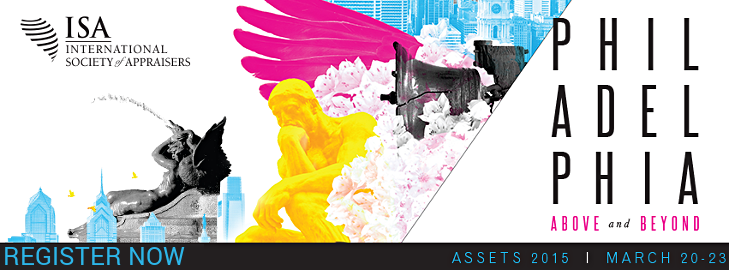The EuropeanCEO has an interesting post questioning the validity of art as an investment. The article agrees that art is an asset but prefers to think along the lines of collecting passion first, with potential for a financial return or reward in addition to the joy of collecting and owning fine works of art. The article looks at the usual items, lack of transparency, cost of ownership, liquidity as well as other alternative investments such as wine and gold.
The EuropeanCEO reports
Source: The EuropeanCEOWhen Francis Bacon’s Three Studies of Lucian Freud sold for $142.4m in 2013, it was a sign of the art market’s health. This may be the time to challenge the idea that art is an investment-grade asset
It seems to me that the best way to understand art’s distinct characteristics is through the prism of those assets with which it is often compared (but rarely in depth). It is understandable that wider market gloom has moved the debate about art as an asset into new territory. Art, claim its proponents, is not only a source of great value, but is also impervious to the world’s economic slings and arrows.
However, when looked at more carefully as an investment category, art falls short in relation to many of the other assets to which it is frequently – and favourably – compared. These include both traditional and alternative investments, such as public and private equity, gold, wine, and residential property.
The combination of the market’s illiquidity, opacity, patchy supply and asymmetry of information undermines art’s profile as an asset. This is reinforced by the unique qualities of each work – including its history of ownership, trading and display – which create enormous ranges of pricing and valuation, and preclude sensible data aggregation or comparison. The market’s opacity also opens it up to unchecked manipulation.
Price transparency is another huge problem facing those who would map art’s returns on a Bloomberg screen, alongside their other investments. Only 50 percent of an already small number of art trades are recorded (auction results are made public, dealers’ prices are not). To put this into perspective, Artnet, a database of auction sales, records that 1.8m works of fine art were offered at auction in 2012. By comparison, there were an average 1.5m trades per day through the London Stock Exchange alone in May 2012.
Risks and returns
Even if the limited, patchy and inconsistent available data on art sales could be put into a hypothetical basket of all segments of art, its financial profile is hardly compelling. Most such theoretical analyses of the art market find that the average compound return for works kept for between five and 10 years is around four percent.
Relatively speaking, this is already less than gold, wine and both public and private equity, and also lower than residential property – another market of unique goods, but with more trading volume and available data. And this is before considering the risk-adjusted return (the profits needed to make up for the peculiarities of any market). One investment professional I interviewed for my book said that, given the risks in the art market, anyone who is content with less than a 50 percent return on art “needs a lesson in investment”.
Meanwhile, art’s supposed lack of correlation with other markets is not entirely convincing. The price levels for art do not reflect its fundamental characteristics, but rather reflect the fortunes of its buyers. The art market as a whole crashed soon after the economic downturn began in earnest in 2008. Thereafter, only the top-priced works recovered as the wealthiest few emerged relatively unscathed from the credit crisis and new wealth was created outside the gloom of Europe and the US.
Spiritual joy
This is not to say that art doesn’t offer a different type of return, and even one with some grounding in economic analysis. In a 2007 paper, the economists Erdal Atukeren and Aylin Seckin estimated the intangible joy of looking at a work of art, which they term its ‘psychic return’, at around 28 percent. While it would be difficult to persuade a bank to lend money on the basis of this estimate (or indeed against most estimates of art’s value), owning and looking at art certainly offers something that a stock certificate or bar of gold cannot.
There is consensus in the art world (including the art market) that art’s ‘beautiful object’ status is what should be deemed its most important feature anyway. While there is an element of posturing in cutting out the investment aspects of art, it cannot be ignored that art offers a very different type of reaction to other investments, and one that is potentially very rewarding.
Of course, this is not to say that art isn’t an asset, per se, and that it can’t deliver superior returns. But I would advise that, rather than thinking of art as an investment of passion, would-be buyers should focus on it being a passion which, if they do their homework and get lucky, could also make some money.


No comments:
Post a Comment